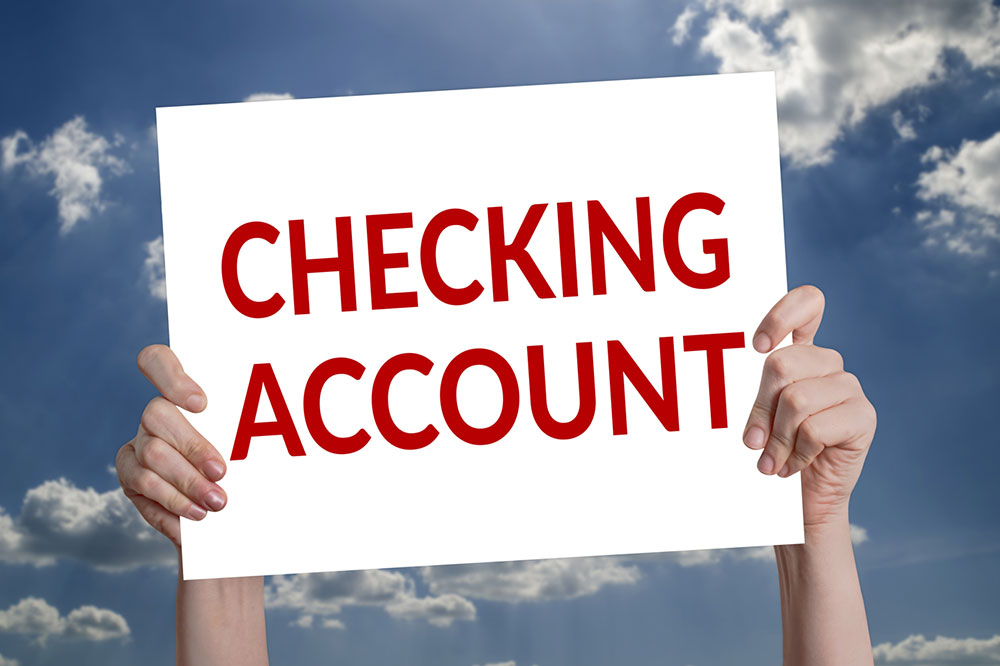Key Insights into Opening and Managing Checking Accounts
This article provides essential guidance on choosing, opening, and managing checking accounts. It covers key features like minimum balance, transaction limits, fees, and the application process, helping you make informed banking decisions.
Sponsored

A checking account, often called a transactional account, provides simple access to funds and is quick to open. It is mainly used for paying bills and conducting everyday financial transactions. Access to funds can be made through automatic transfers, checks, or debit cards. While often confused with savings accounts, checking accounts serve different purposes.
How to Choose the Right Checking Account
When selecting a checking account, consider features such as minimum balance requirements, transaction limits, and associated fees. Some accounts impose restrictions on the number of check or debit transactions monthly, which could impact your spending. Many accounts are fee-free, but others carry service charges.
Opening a checking account is straightforward, with many banks offering rewards and bonuses. Start by researching options that match your needs and reviewing associated fees. To open an account, fill out an application form providing personal details such as SSN and identification. The bank will conduct a background check before approval. Remember, a checking account should hold funds needed for daily use. Although some accounts offer interest, it’s generally low compared to savings accounts.






